Double Eagle II Airport (AEG)
Double Eagle II Airport (AEG) is a public use airport located eleven miles northwest of the city of Albuquerque, New Mexico. It averages 60,000 operations yearly and includes law-enforcement, military, medevac, general aviation, lighter-than-air operations, and one flight school. View a printable Pilot Handbook of the AEG information found on this Web page.
There are two converging, but not intersecting runways designated RWY 4/22 and RWY 17/35. 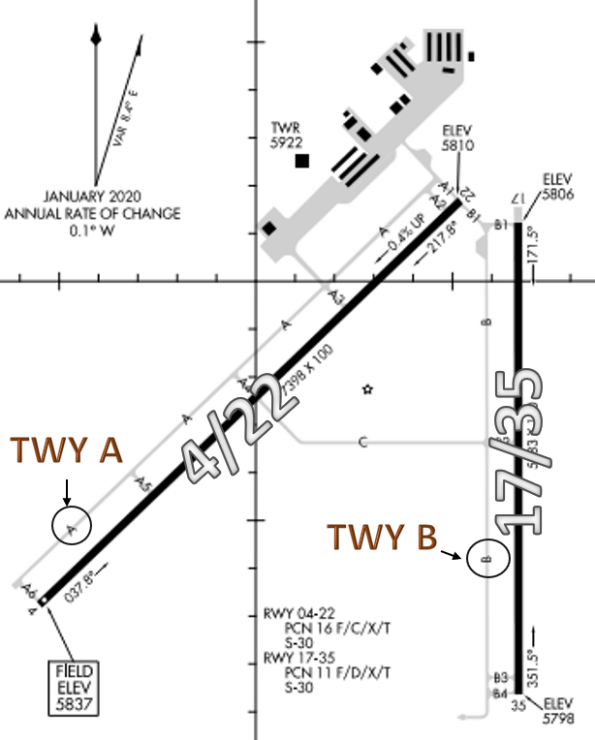
Taxiways (TWYs) provide access to businesses and services located on the north side of the airport. Note that TWY A and TWY B run full-length and parallel to the adjacent RWYs.
The airspace at AEG is Class D and underlies Albuquerque Class C airspace. (Refer to Sectional Chart.)
AEG TWR
Hours of Operation – 0600L-2200L
Administrative Office - Open daily 0600L-2200L
Business Phone 505-352-5595
Below find various AEG-specific information and things to be aware of, as well as general information to inform your preflight planning. This will be reviewed quarterly and updated as needed. This information is to supplement the From the Flight Deck Videos that are produced by the FAA Runway Safety Group. Here you will also find information provided by the local air traffic controllers at the airport where you intend to fly. The information is subject to change. Not for navigation or legal* pre-flight action. Always refer to official pre-flight materials such as, but not limited to, NOTAMs, airport diagrams, VFR charts and airport construction notices for the latest airport-specific details.
Hot Spots
- There are no Hot Spots at AEG.
Wrong Surface RWY Takeoff 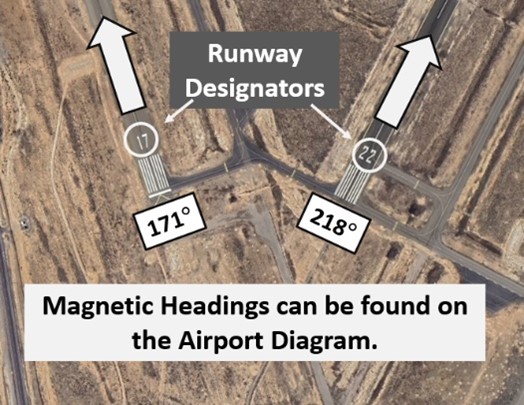
- Potentially, a pilot could turn onto the wrong RWY where RWYs converge at the north end of the airport.
- Compare the white numerical RWY Designator against the heading on the Magnetic Compass and Horizontal Situation Indicator (HSI), if installed on the aircraft, to ensure that you are on the correct RWY.
Wrong Surface TWY Takeoff
- Wherever a TWY runs parallel and especially when it runs full length next to a RWY, there is the risk that a pilot could turn onto a TWY for takeoff.
- Note: RWY markings are white and look for the white numerical RWY Designator.
- TWY markings are yellow.
Wrong Surface Intersection Takeoff
- There is the risk that pilots may turn in the wrong direction when taxiing onto a RWY for an intersection takeoff.
- At an intersection, the white numerial RWY Designators may not be visible.
- Use the red RWY Holding Position markings/signs to identify the RWY.
- Prior to entering the RWY and when lined up on the RWY, check the Magnetic Compass and the Horizontal Situation Indicator (HSI), if installed, to verify that the aircraft is pointed in the correct direction.
- Below is a “generic” illustration. This will change depending upon your orientation (direction) to the RWY and the actual RWY that you are cleared to use.
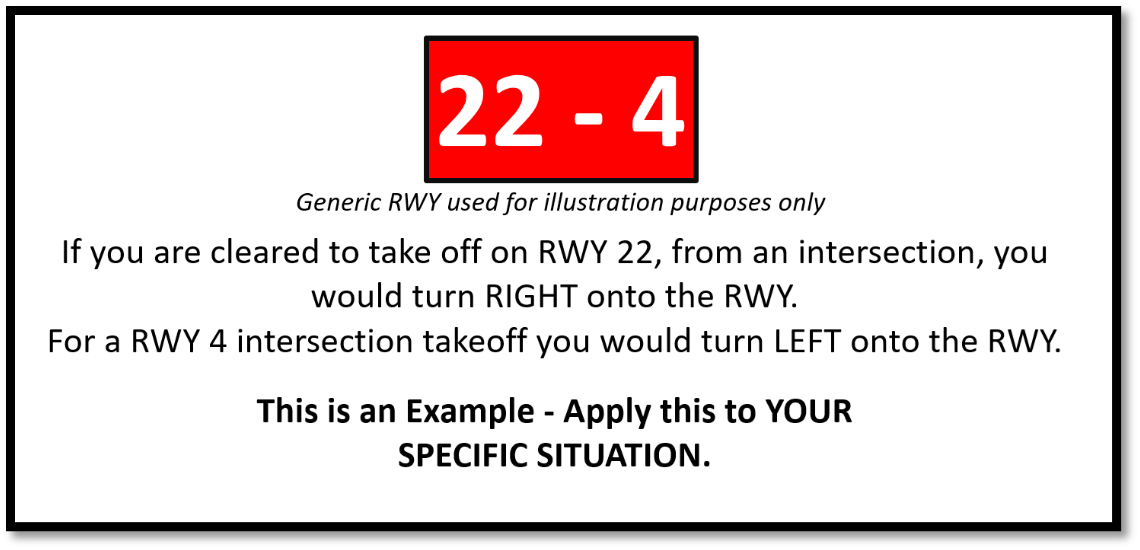
Wrong Surface Landings
Converging RWYs present the risk of landing on the wrong RWY.
- Back up all visual approaches with an instrument approach, if available.
- Always crosscheck the white numerical RWY Designator against the Magnetic Compass and Horizontal Situation Indicator (HSI) if installed.
- Whenever a TWY parallels a RWY, the risk of mistaking that TWY for a RWY exists.
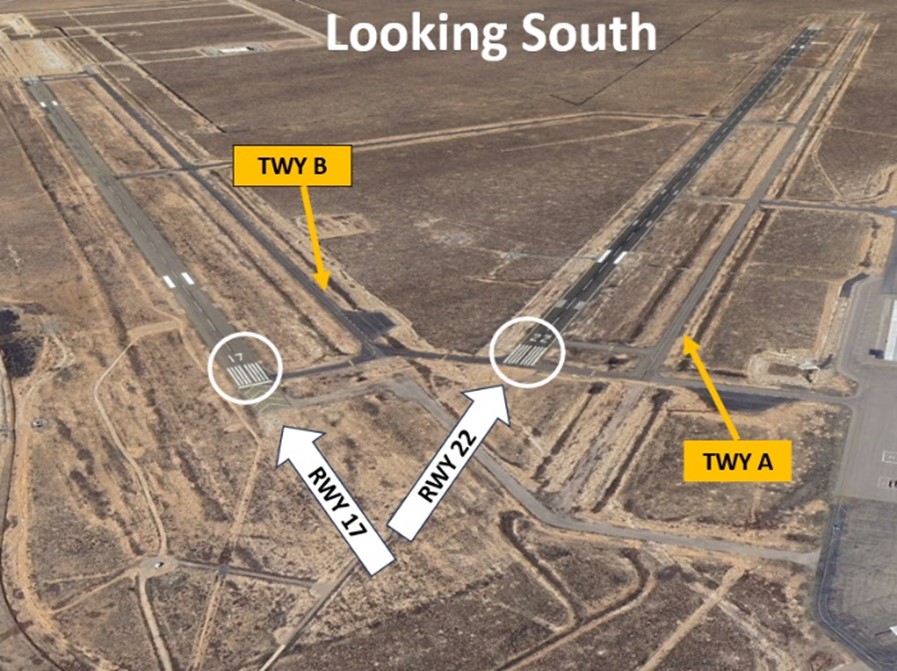
Additional Caution
- Wildlife on and in vicinity of airport.
- There is a live fire range 1.6 NM west of the approach end of RWY 4. Avoidance is advised.
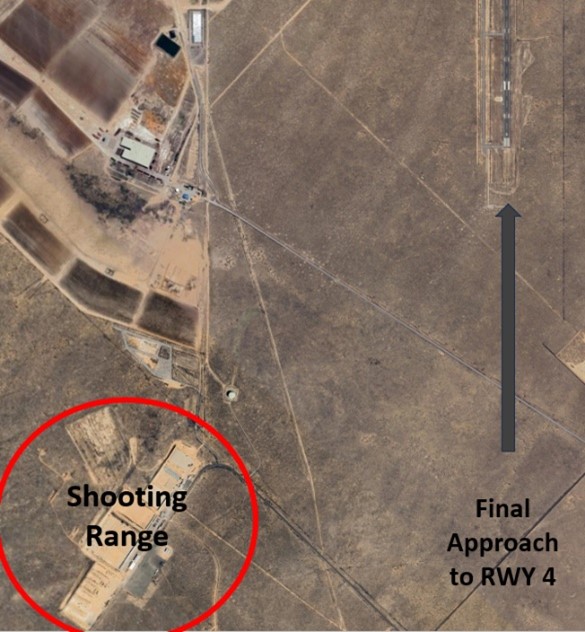
General
- RWY 22 is the preferred calm wind RWY.
- Field Elevation is 5837’ MSL.
Hot Air Balloons in Class D knowledge and best practices 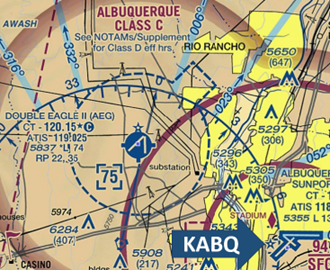
- Hot Air Balloons requesting to depart from anywhere inside the Class D, call the tower to get approval 30 min or less before your proposed launch.
- The AEG tower number is 505-352-5595.
- Entry into Class D airspace is on a case-by-case basis, based on current airspace limitations, traffic volume, and complexity.
- In most situations, when access to AEG Class D is requested and pilots plan to stay outside of 4 miles, access should be granted.
- AEG Class D “Keyhole” is on 6 mile final for RWY 22 and presents a conflict for IFR or practice IFR approaches. (See AEG Class D illustration above.)
- In the event of an unscheduled hot air balloon landing at AEG, try to avoid the RWYs as much as possible.
- AEG is a secure airport and access to the aerodrome requires a badge or escort for chase vehicles to gain access.
- Balloons and right of way - In controlled airspace, ATC will issue control instructions and navigational guidance to establish a safe and orderly traffic flow. Right-of-Way as established in FAR 91.113 is intended for use at uncontrolled airports such as BRG and E98.
- ATC will issue control instructions to guarantee the safety of flight for all users. ATC understands that Balloons have limited maneuverability and will issue instructions as appropriate. If you are unable to comply, please inform ATC immediately.
- It is possible to hear instructions such as:
- “CLIMB AND MAINTAIN 7500 UNTIL 2 MILES EAST/WEST OF THE RUNWAY.”
- “REMAIN ### MILES E/W/N/S OF ALL RUNWAYS”
AEG Class D Communications Requirements
- Refer to AIM 3-2-5. Class D Airspace
- Please be familiar with AIM 3-2-5 Section b.3 Arrival or Through Flight Entry Requirements.
